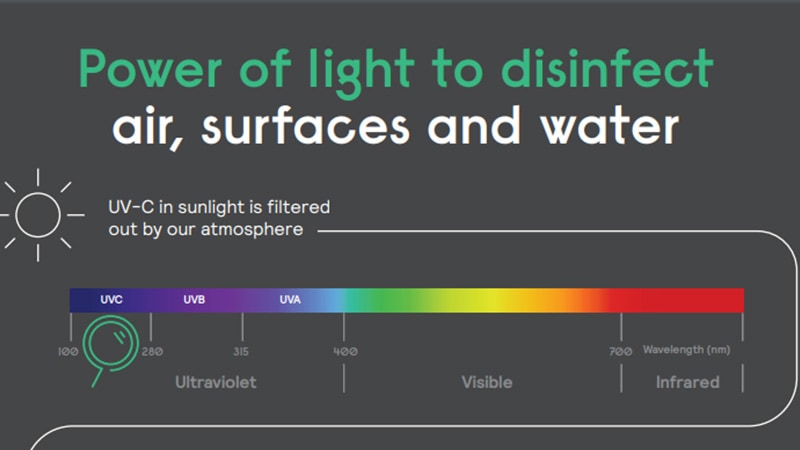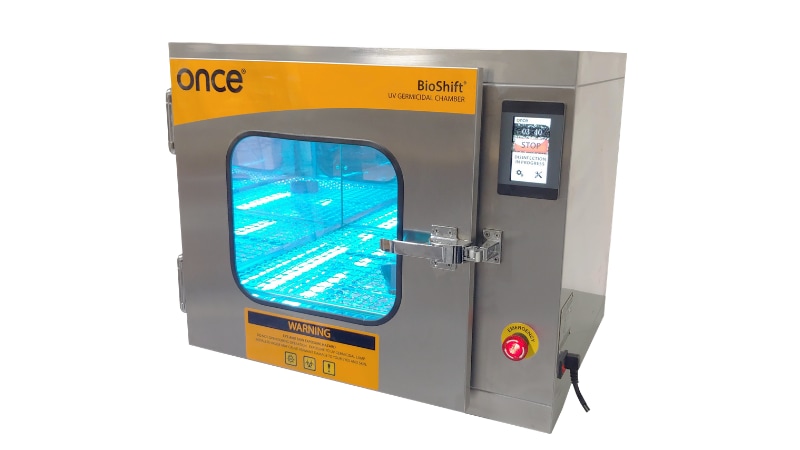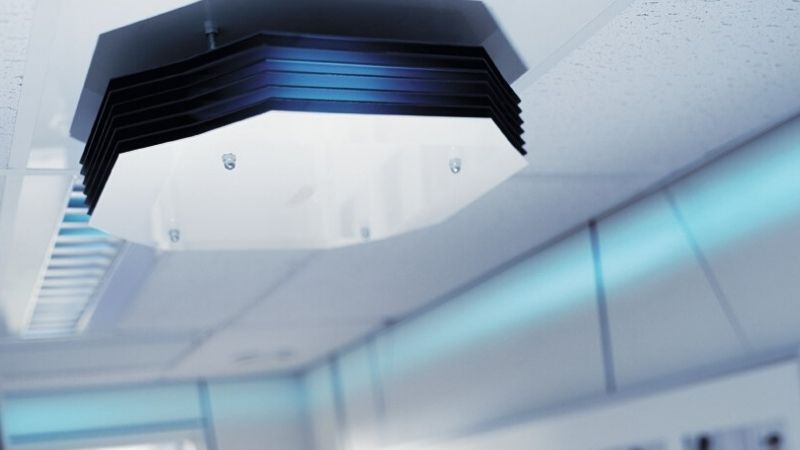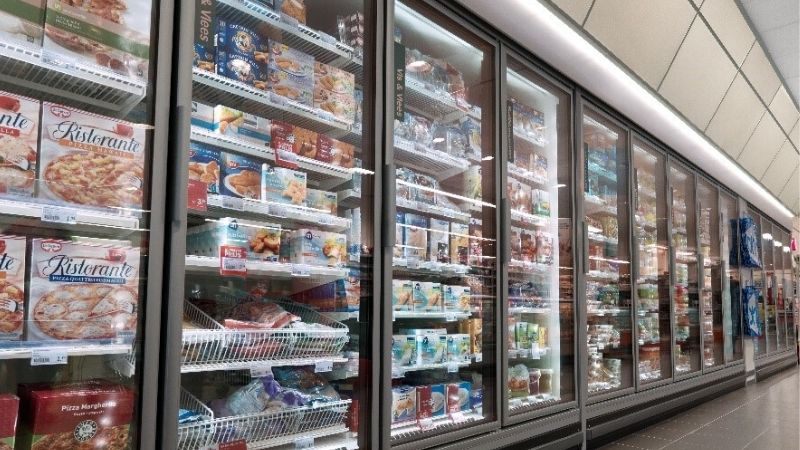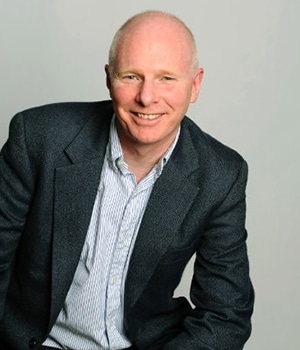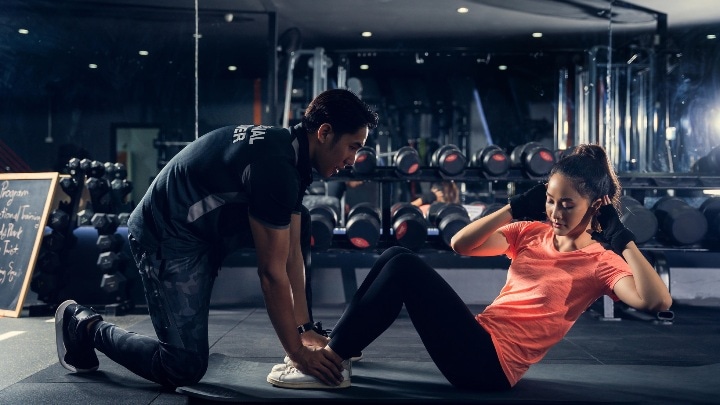Signify has been involved in UV-C lighting for more than 35 years. Our conventional Philips UV-C lamps have the same familiar shape as our well-known fluorescent tubes. Their peak wavelength of 254 nm is close to the 260-265 nm germicidal peak and proven to be extremely effective in breaking down the DNA (and RNA) of bacteria, viruses, fungi and mold spores, rendering them inactive and harmless.
For years, UV-C has been used to disinfect drinking water, wastewater, air, pharmaceutical products, and surfaces against a whole suite of pathogens. In fact, it has rendered inactive all bacteria and viruses tested to date (many hundreds over the years including coronaviruses).
Last June, Boston University validated our UV-C lighting as effective in inactivating SARS-CoV-2, the virus causing COVID-19. The team applied a dose of 5mJ/cm2, resulting in a reduction in the virus of 99% in 6 seconds. Based on the data, it was determined that a dose of 22mJ/cm2 will result in a reduction of 99.9999% in 25 seconds.
Signify’s new UV-C product range include battens, luminaries and carts for surface disinfection, air disinfection systems and a series of chambers for the speedy disinfection of objects and instruments.
Let’s take a look at the different forms of disinfection,
